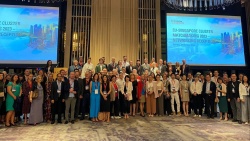The agrifood sector is facing major global challenges, such as sustainability and food security. In this context, deep tech will play a crucial role in transforming the industry, as it can help sustainable development and its incorporation into the entire agrifood value chain process has revolutionised the sector. At the Smart Agrifood lndustry Expo we had the opportunity to learn about projects that combine drones and photonics to optimise the treatment of plants, technologies that preserve fruit and vegetables without the need for refrigeration, innovations improving quality control and safety in processing, packaging or predicting the shelf life of food to avoid wastage, robots to improve animal welfare on farms and the introduction of mobile apps for precision agriculture.
Take a look at the video summary of the event:
The 2 days of the event allowed us to discover future trends in technology and innovation, featuring 30 international speakers and 45 exhibitors. It was a meeting point for technology transfer between deep tech researchers, entrepreneurs and end-users. Have a look at the overview of our main exhibitors here.
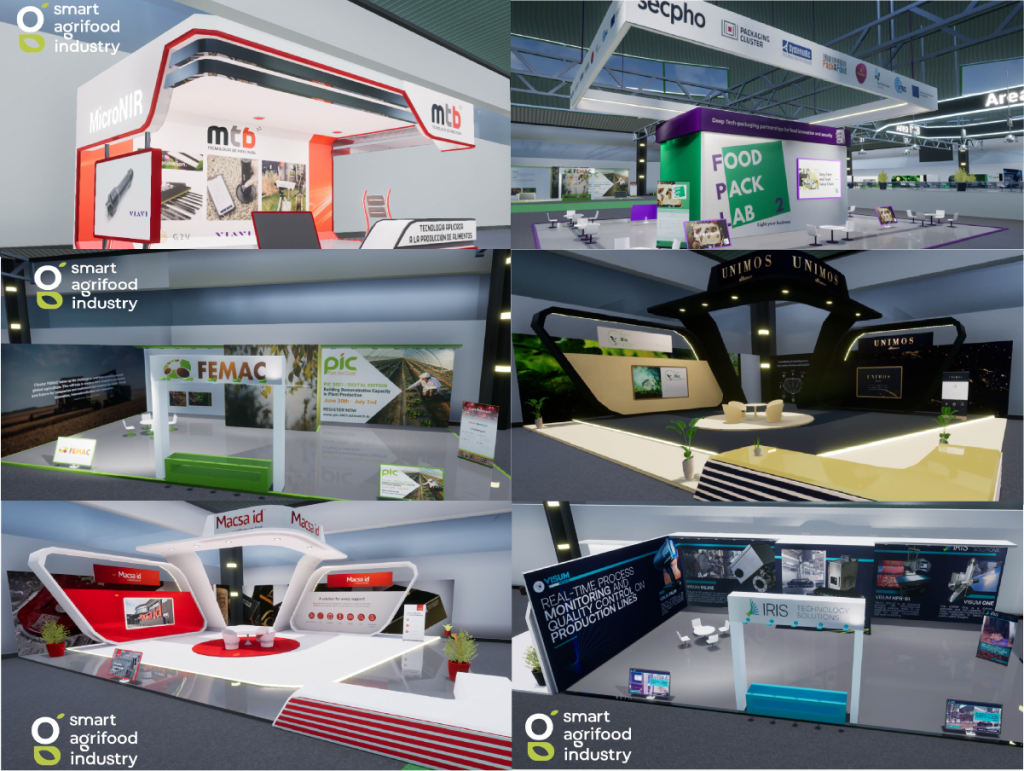
Below you can find the hightlights of the congress presentations and detailed information in their slides:
“Agrifood Challenges in the Age of Technical Disruption”
Beatriz Romanos, Founder of The TechFood and TechFood Magazine
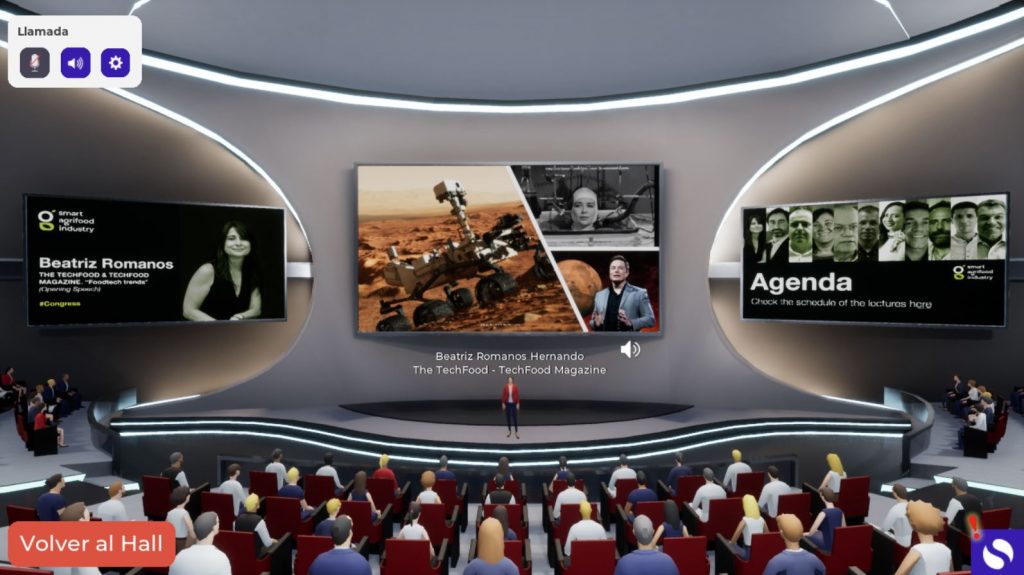
| “Applications of mobile robotics and high resolution remote sensing” RicardoDiaz, Head of Smart Automatisation Department of AINIA Read the presentation here. |
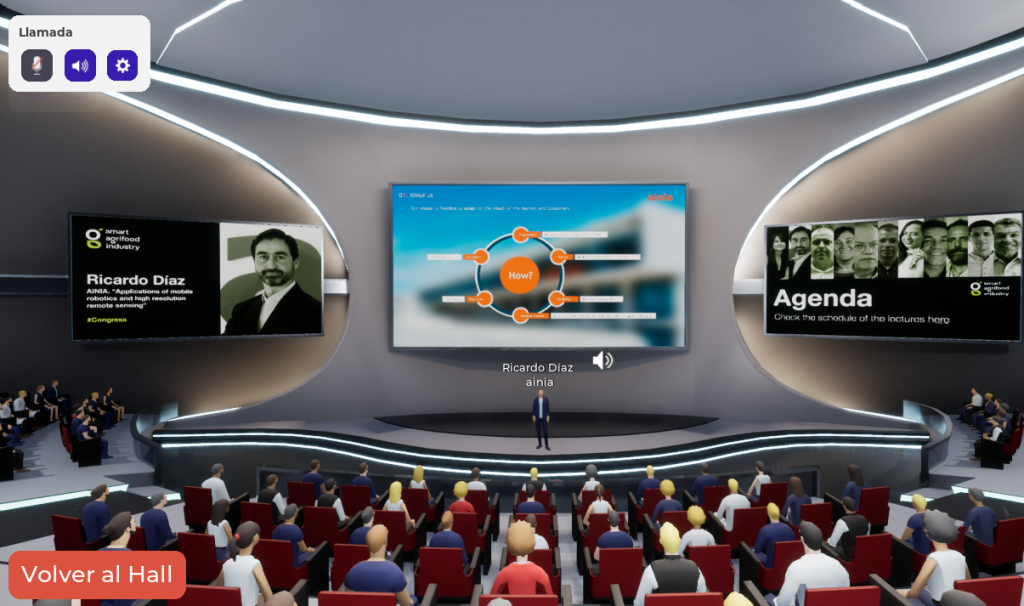
“AONIR platform for in-line and real-time milk characterisation”
Iker García, CEO of AOTECH
Read the presentation here.

“Application Fields of Synchrotron Light in food value chain”
Marta Ávila, Industrial Office Scientist of Alba Synchrotron
Read the presentation here.
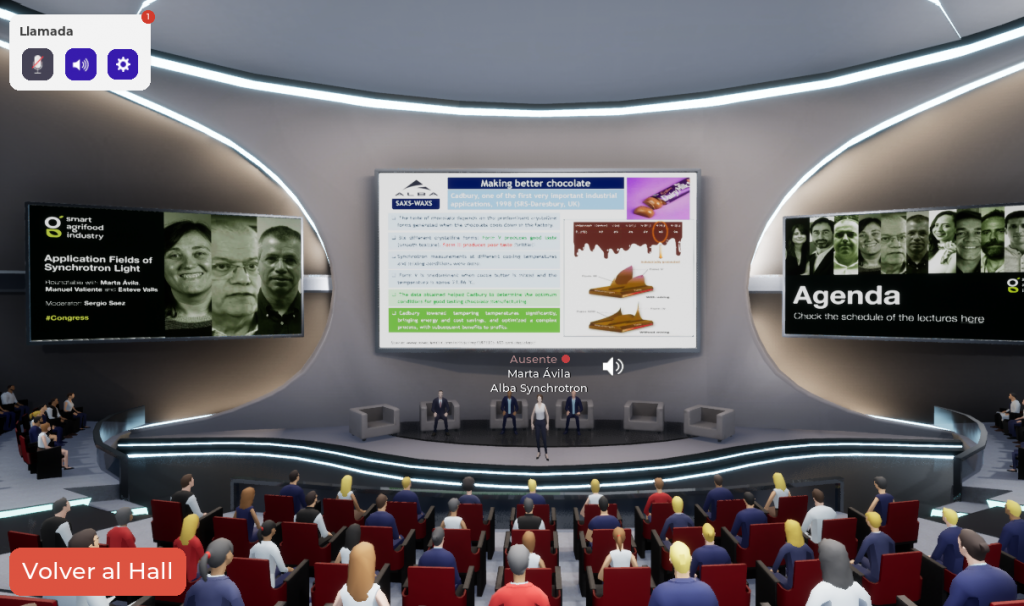
“Selenium enriched wheat. Selection of chemical species by tunning plant growing conditions” Manuel Valiente, Separation Techniques in Chemistry Group at the UAB
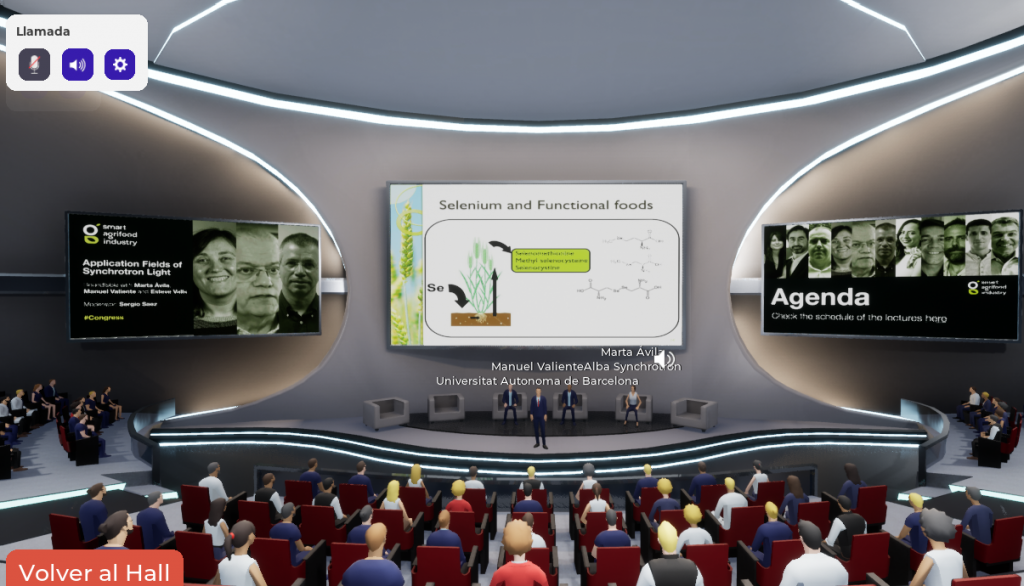
1. Different substrate enrichment conditions give different selenium speciation and distribution in wheat 2. Distribution studies are essential
3. Increased toxicity exposure increment Se Methione production and accumulation in grain.
“SmarTack, adhesives that increase shelf life of packaged food”
Esteve Valls, Technical Manager of Samtack Industrial Adhesives
Read the presentation here.

“BCB Monitor 4.0 in the food industry”
Mariel Gallardo, Commercial Director of BCB Informática y control
Read the presentation here.

“Polyspectral and SWIR imaging applied to food and agriculture”
Juan Luis Vadillo, Sales Director of Iberoptics
Read his presentation here.
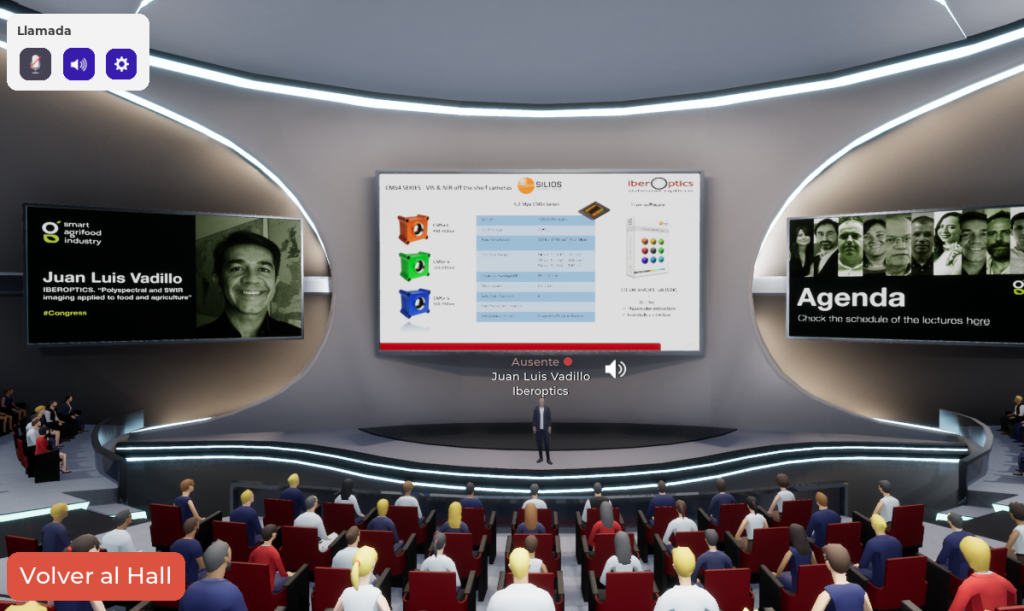
“INESCUBE: the smart artificial eye for the Agrifood sector”
Daniel Kumpel, CEO of IOVI Intelligent Vision
Read the presentation here.
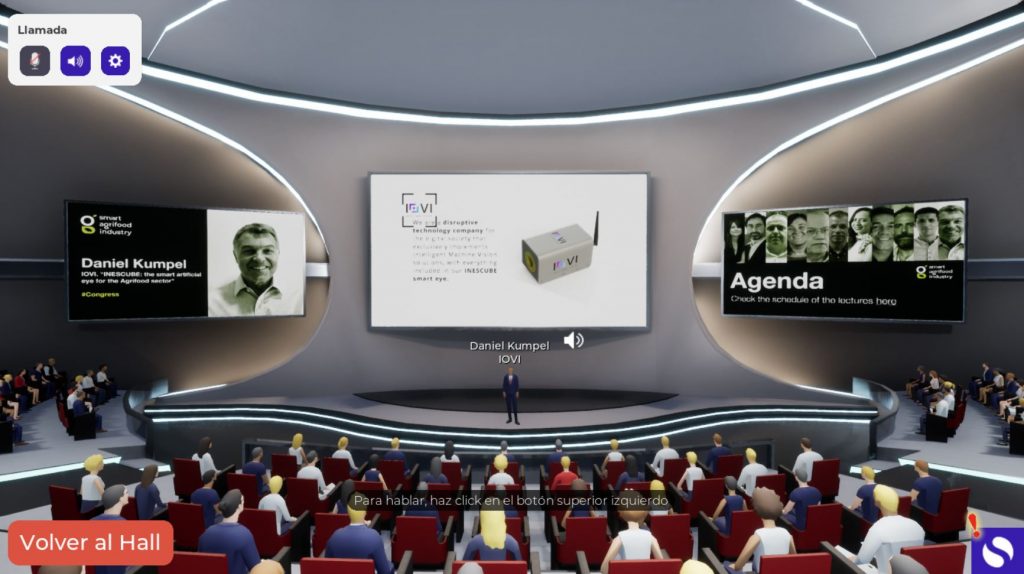
“SHEALTHY – Non-thermal physical technologies to preserve healthiness of fruit and vegetables”
Elena Torrieri, Associate Professor at University of Naple Federico II & Marco de la Feld, Senior Project Manager of ENCO S.r.l
Read here the presentation.
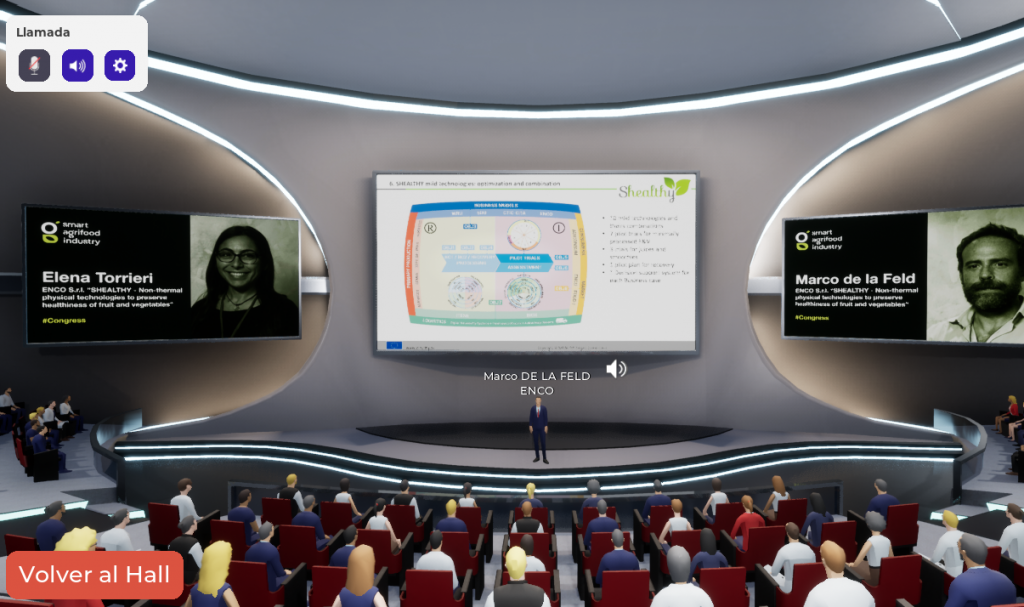
“At-line sensor system for tomatoes quality monitoring”
Alberto Villar, Researcher at Tekniker
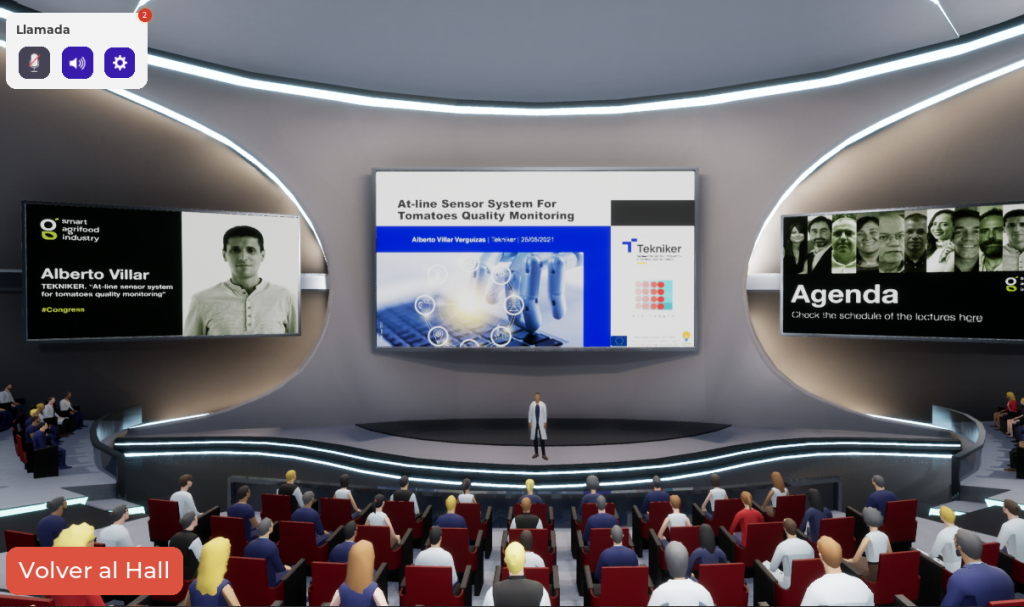
The second block of the Smart Agrifood Industry Congress has been a great opportunity to meet the AgriPhotonics ZIM Network partners and to listen to experts from the agtech and foodtech fields.
“Introduction AgriPhotonics ZIM Network”
Janina Bolling | OpTecBB & Shlomo Glazer | Photonics Israel
Read Janina’s presentation here and Sholomo’s presentation here.

“Extraction of temporal plant information using 3D LiDAR data in apple trees”
Nikos Tsoulias | Leibniz Institute of Agricultural Engineering and Bio-economy
Read the presentation here.
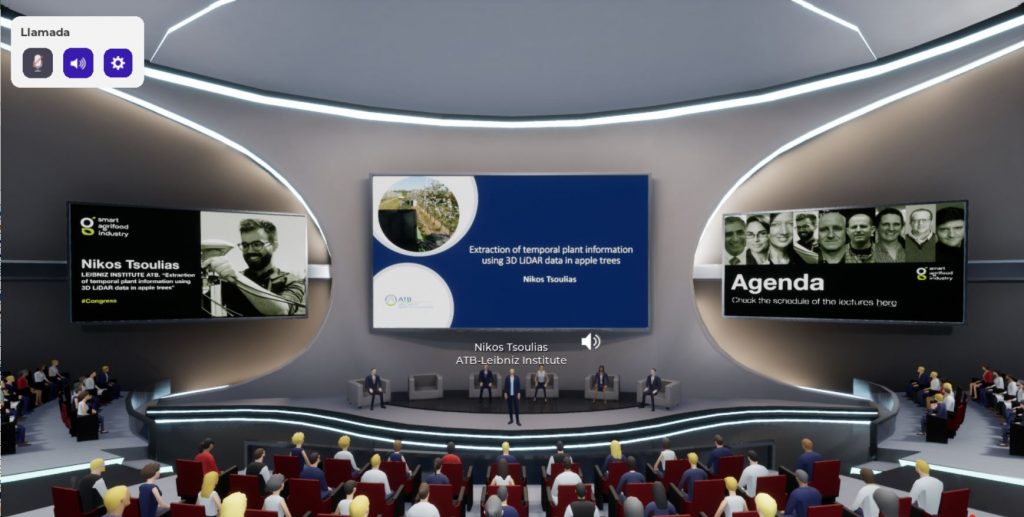
“Mobile Apps in Precision Horticulture”
Manuela Zude-Sasse | Leibniz Institute of Agricultural Engineering and Bio-economy
Read the presentation here.
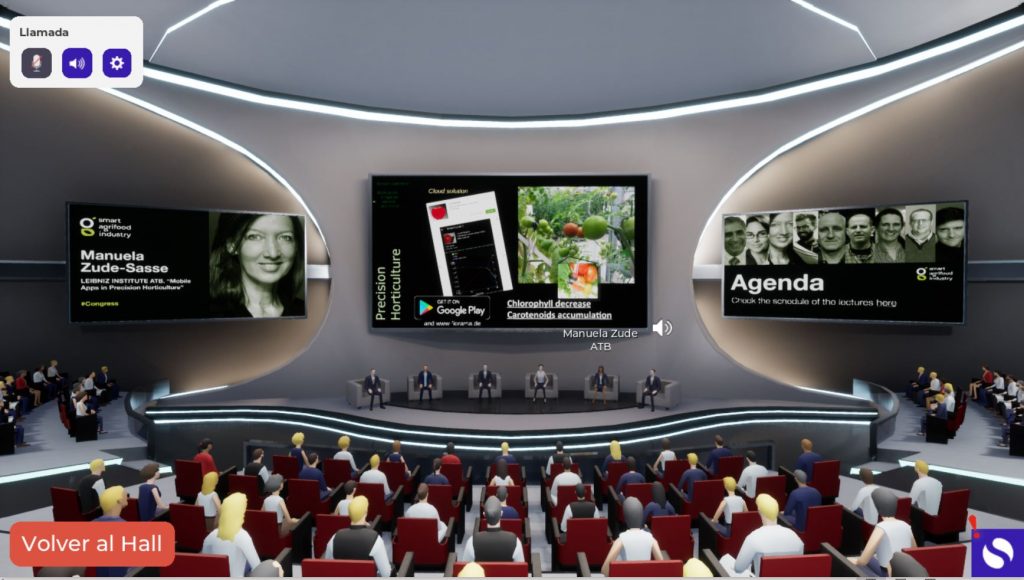
Since many horticultural crops are in small fields in the major part of the world, Manuela has also pointed out that site-specific technologies should be developed and they must be economically viable and easy for small farmers to adopt.
“CNN algorithm for single and overall weight estimation of melons using UAV images” Dr. Iftach Klapp | ARO Volcani Center
Read the presentation here.
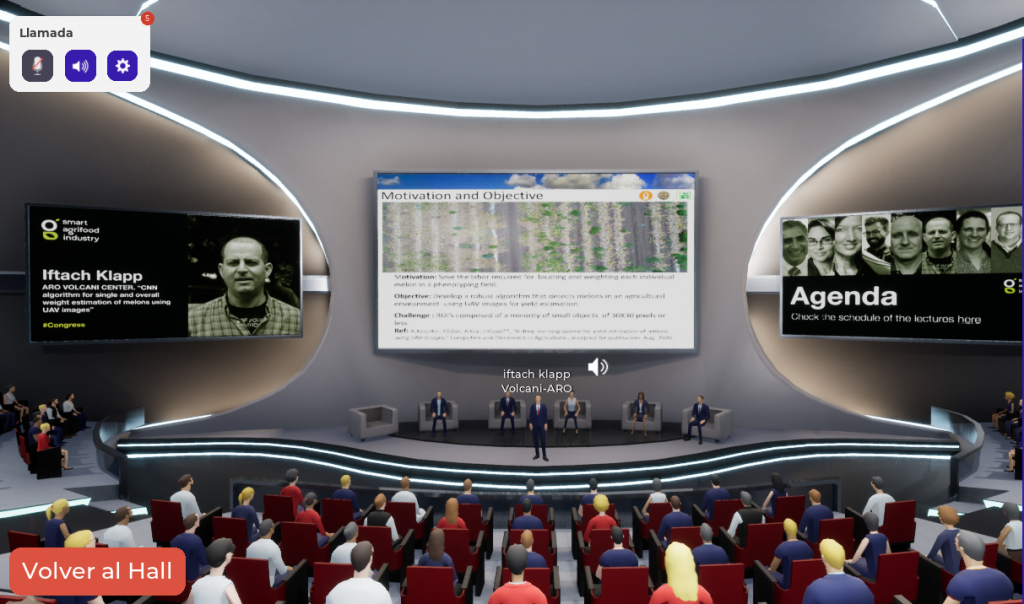
The CNN algorithm based system includes three main stages: melon detection, feature extraction, yield estimation and has provided promising results.
“The Volcani Institute – Research activities in postharvest technologies and food science” Dr. Ron Porat | ARO Volcani Center
Read the presentation here.
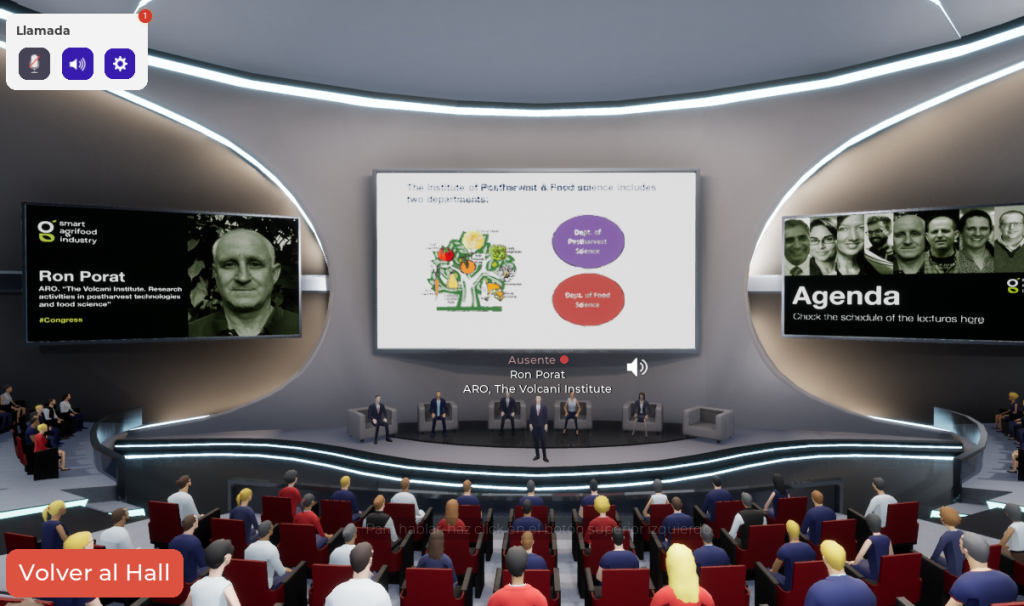
“Optical methods for the agricultural and food industry”
Claudia Pacholski | University of Potsdam
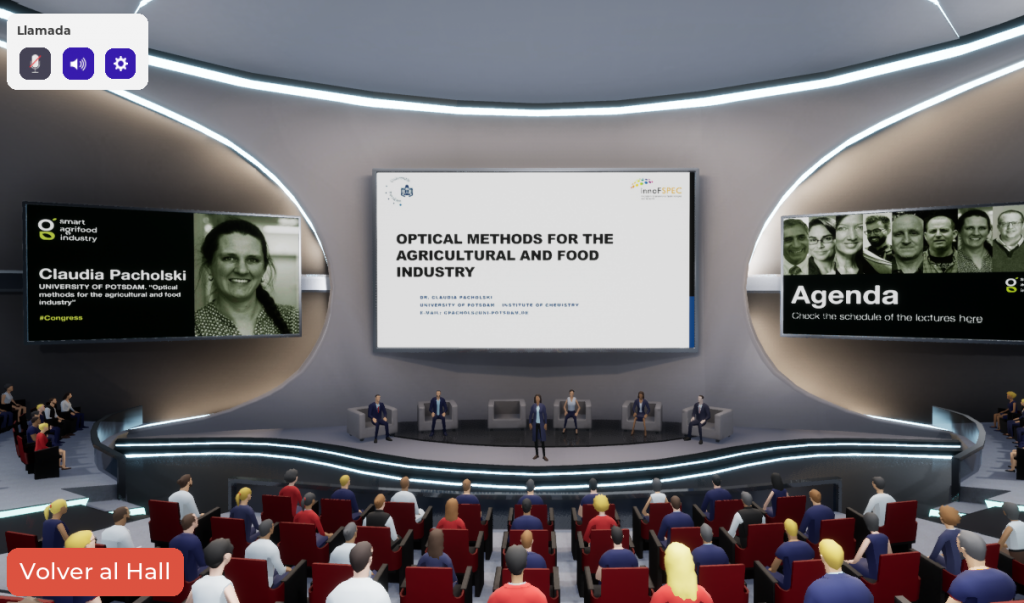
“Remote sensing of plant physiology – an intersection of machine learning, remote sensing and photosynthesis” Oded Liran | MIGAL Galilee Research Institute
Read here the presentation.
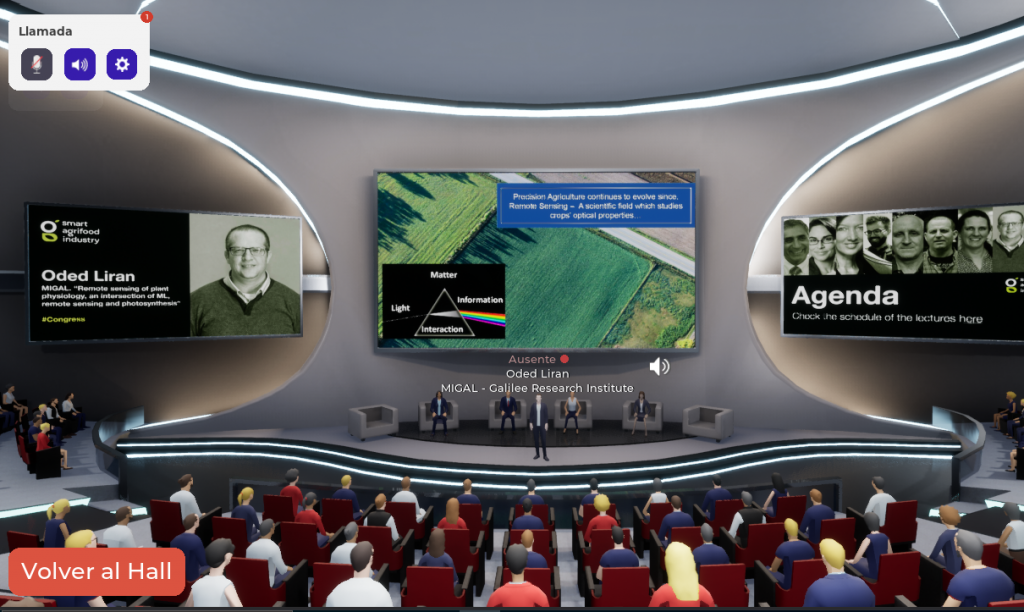
“Spectral Imaging in the Food Processing Industry”
Valentin Regir | LLA Instruments GmbH & Co. KG
Read the presentation here.
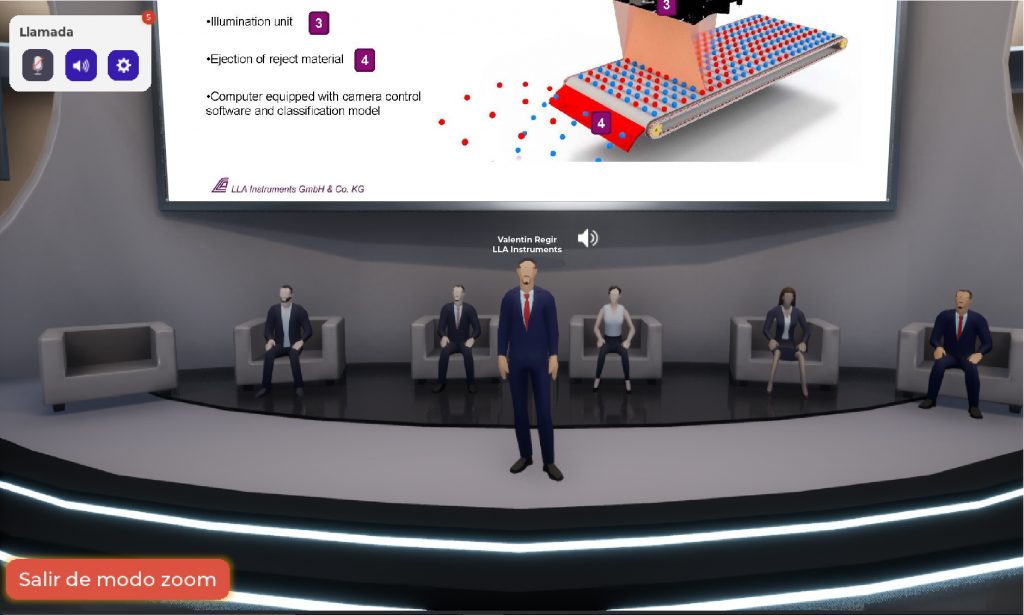
The afternoon of the second congress day was dedicated to Startup Pitches with presentations of cutting-edge and pioneering technologies from the foodtech and agtech field. Check out the startup pitch decks below:
- Crocus Labs | Prashanth Makaram, Co-Founder & CEO (read the presentation)
- Lite+Fog Industries | Martin Peter, Co-Founder and CEE (read the presentation)
- HAIP Solutions | Tobias Kreklow, CEO & Co-Founder (read the presentation)
- Agrivero | Darina Onoprienko, Co-Founders & CEO (read the presentation)
- Todos Technologies | Yossi Levi, CEO (read the presentation)
- AQUALITAS Technologies | Dr. Georgy Maikov, Co-founder &
CEO (read the presentation) - Deep Detection | David Ciudad, CEO (read the presentation)
- Infrascreen | Henri de Lalande, CEO
- Alacarte | Aleix Barandiaran, CEO (read the presentation)
- OneThird | Marco Snikkers, Co-Founder
- Faromatics | Heiner Lehr, CEO (read the presentation)
The winner of the Smart Agrifood Industry Startup Awards was OneThird from the Netherlands!
This is only the beginning and we look forward to innovating the agrifood value chain with all you! Join our continuous Smart Agrifood lndustry programme of several more segmented sessions in a different format taking place in autumn 2021. This will allow us to achieve more visibility, business and collaboration opportunities for the Smart Agrifood Industry Community. Stay tuned!


